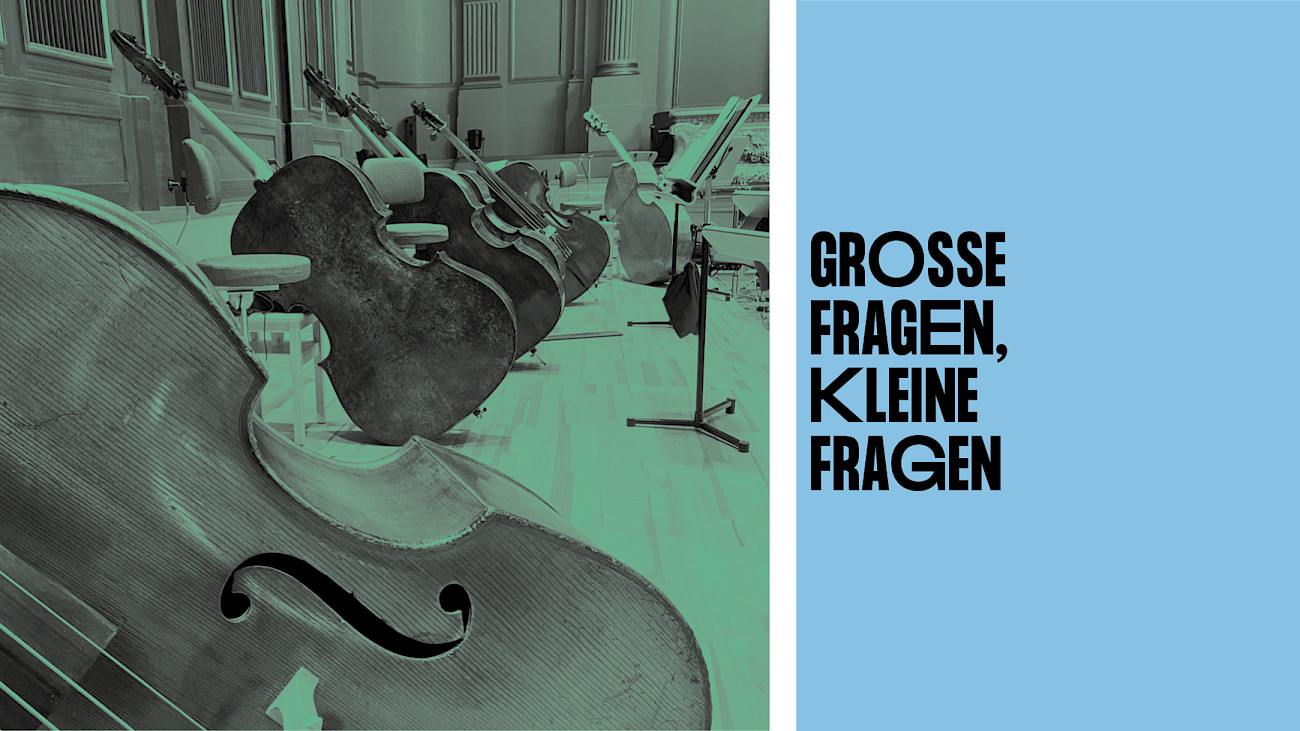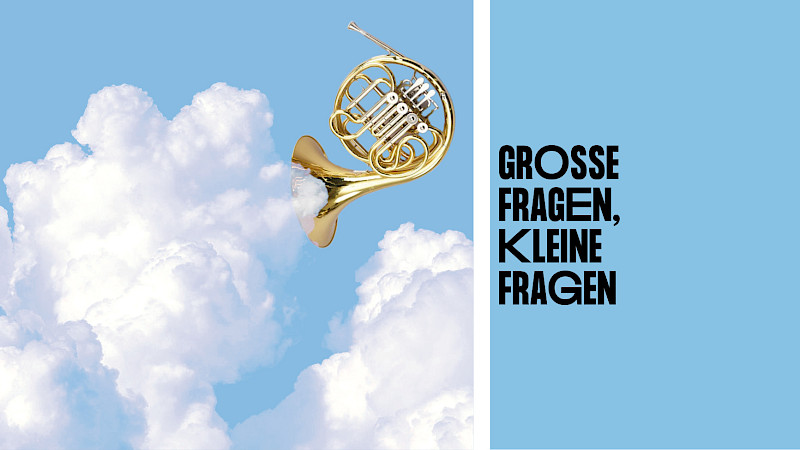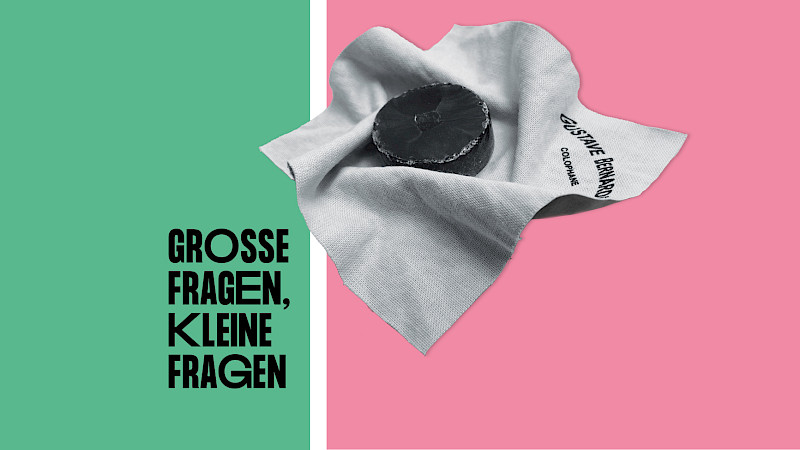
Why are they suddenly standing differently?
Suddenly the double basses are placed at the back. There are good reasons for this.
Anyone attending one of our concerts at the moment will be surprised: It looks completely different here than before! The double basses are suddenly at the back, spread across the entire width of the stage. The brass players have moved down a step. And the percussion occupies the sides.
The reason for this lies in a series of tests that were carried out a few weeks ago. The summer break had only just ended when the orchestra gathered for an acoustics day, which focussed on two questions in particular: In which set-up does the orchestra sound best? And in which one do the musicians feel comfortable?
Works by Brahms and Stravinsky were on the music stands, but that wasn't so important. For once, it wasn't about the finer points of interpretation, but about applied physics. Very different set-ups were tried out, Paavo Järvi and his assistant conductor Margarita Balanas took turns conducting. Those who were not conducting or playing were out and about in the hall: how does it sound in the stalls? And how in the gallery?
The musicians were given a booklet for the day in which they could note down their observations. Including those they made in the orchestra: Because the differences can be big, depending on which instruments you have behind or next to you, which are close by and which are far away. You hear yourself and the others better or less well - or need earplugs more or less often.
American, German or Viennese?
It was the first time that such a day had been organised. it was "very important and very interesting", says Music Director Paavo Järvi. The hall is rightly famous for its acoustics, "but the sound changes a lot depending on how the orchestra is seated". The steps on the stage are quite steep, "so it can be tricky when the brass and percussion are placed right at the top." Large ensembles have a different effect than small ones, and a solo instrument changes the balance even more: "You have to be very flexible".
They hardly used to be. When David Zinman was still chief conductor, the orchestra normally played in the so-called American set-up, with the first violins and cellos on the ramp. Since then, a second variant has become established, the German one, in which the first and second violins sit opposite each other at the front. The version with the double basses at the back is not a new invention; you can see it at the Vienna Philharmonic's New Year's concerts, for example. But it has never been used in the Tonhalle Zurich before.
At the moment, it is difficult to say whether and for which works it will prove its worth. The orchestra first has to reorient itself, and each concert can bring further experience. The trial and error will continue for quite some time, and other set-up variants will also be tested over the course of the season.
For the moment, only one question remains: what is more important, the effect in the hall or the sound conditions in the orchestra? For Paavo Järvi, the answer is clear: "The decisive factor is how the music sounds in the hall. If everyone on stage feels comfortable, but the audience can't hear the woodwinds, it hardly makes sense." But of course it's about finding the best option for everyone. True to the motto: there is probably never a perfect solution, but you can still look for it.
Translated with DeepL.com





